Sign up to our mailing list for the best stories delivered to your inbox.
Four hardworking and inspiring women who have forged a path in rural business speak to Graziher about starting out and seeing success.
KIMBERLEY DENNIS
Kennedy & Grace
Where do you live?
A little town right in the heart of central Queensland, surrounded by beef cattle and farming. Clermont is the quintessential old country town: proud to be a ‘frontier’ town, boasting a rich history as one of the historic towns in northern Australia. I love the character of this place, and the fact that’s it’s my original home is quite special.
How would you describe your business?
The ambience of Kennedy & Grace is heavenly, brimming with jewellery, furniture, art, gifts, bags, baskets, contemporary linen as well as my own recently released linen label Mabel Collective.
Why did you start your company?
Just because we live rurally doesn’t mean we can’t have nice things… everyone should be able to create a beautiful and meaningful home no matter where they live. When the opportunity arose to move closer to home, I couldn’t say no. I saw the chance of a balanced outlet for both my creative passion and business knowledge.
When did you realise your business was going to be successful?
Oh my gosh, is it? I am an absolute stress head, so I have difficulty feeling successful. If I could start again I’d try to stress less and accept that not everyone will love the things I love.
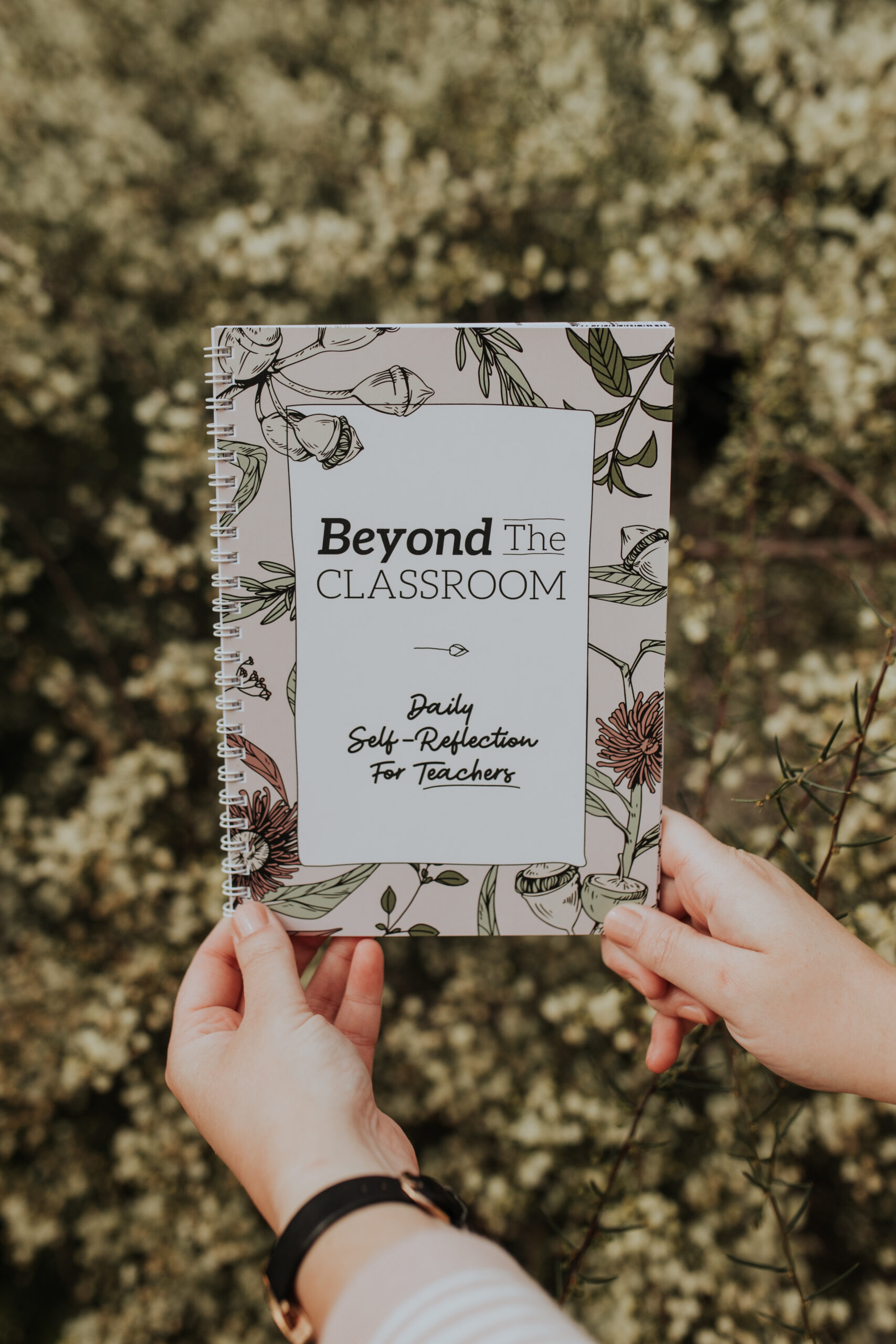
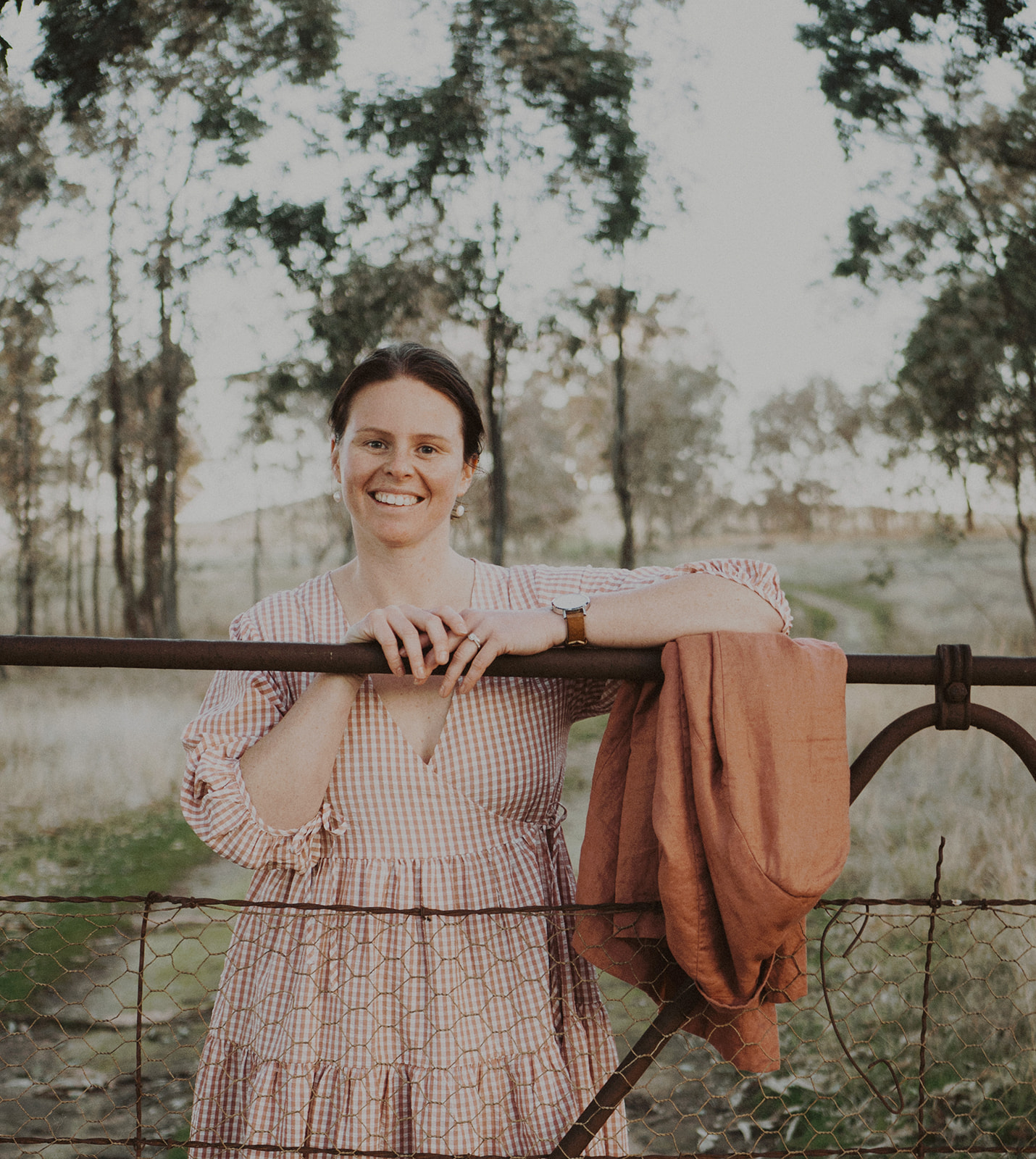
Where do you live?
Bendigo, Victoria. I started my company in 2019 from my study. I loved the strong sense of community you get from working in a small rural school, but was drowning in the workload. I wanted space for support, motivation and inspiration, and that’s how my cards came to be. They were the first product I made.
How would you describe your business?
There are so many elements about wellness that are not within our control, but by focussing on what we are able to control, we can empower people, especially teachers, to make small changes. Australian made is a strong focus of what I do. All my products are made in Australia, with 80 per cent made in central Victoria.
What gives you the most satisfaction from your work?
Knowing that these wellbeing tools helped me, but going further and seeing the impact of them on others really sets my soul alight. I thrive off helping others and creating resources that are research-based but also relatable to the unique life of a teacher, especially a rural or regional teacher, is something important. I don’t think you can ever go past the rush of an email or message from someone sharing their experiences and how my work has helped them. It’s a special moment.
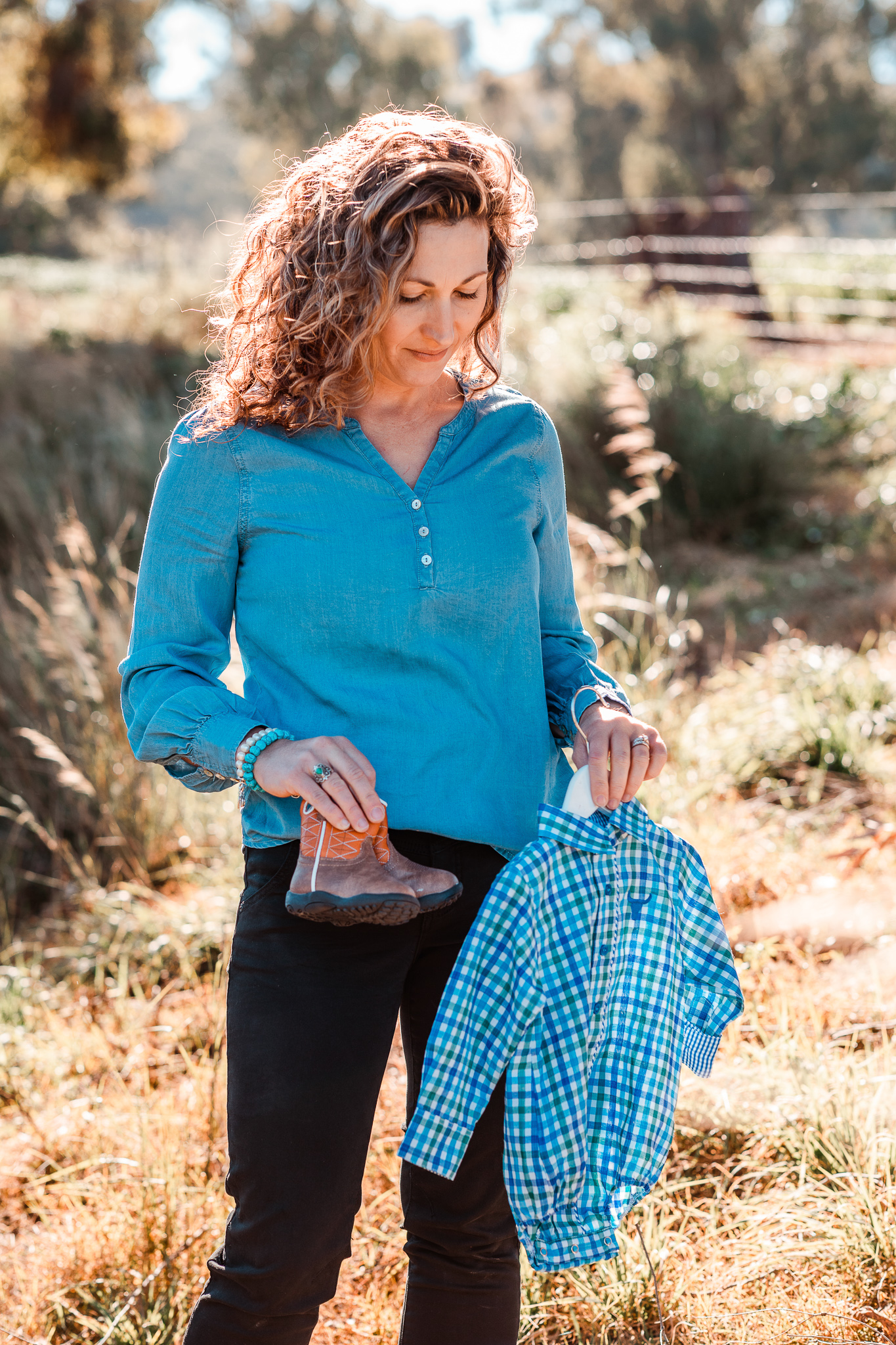
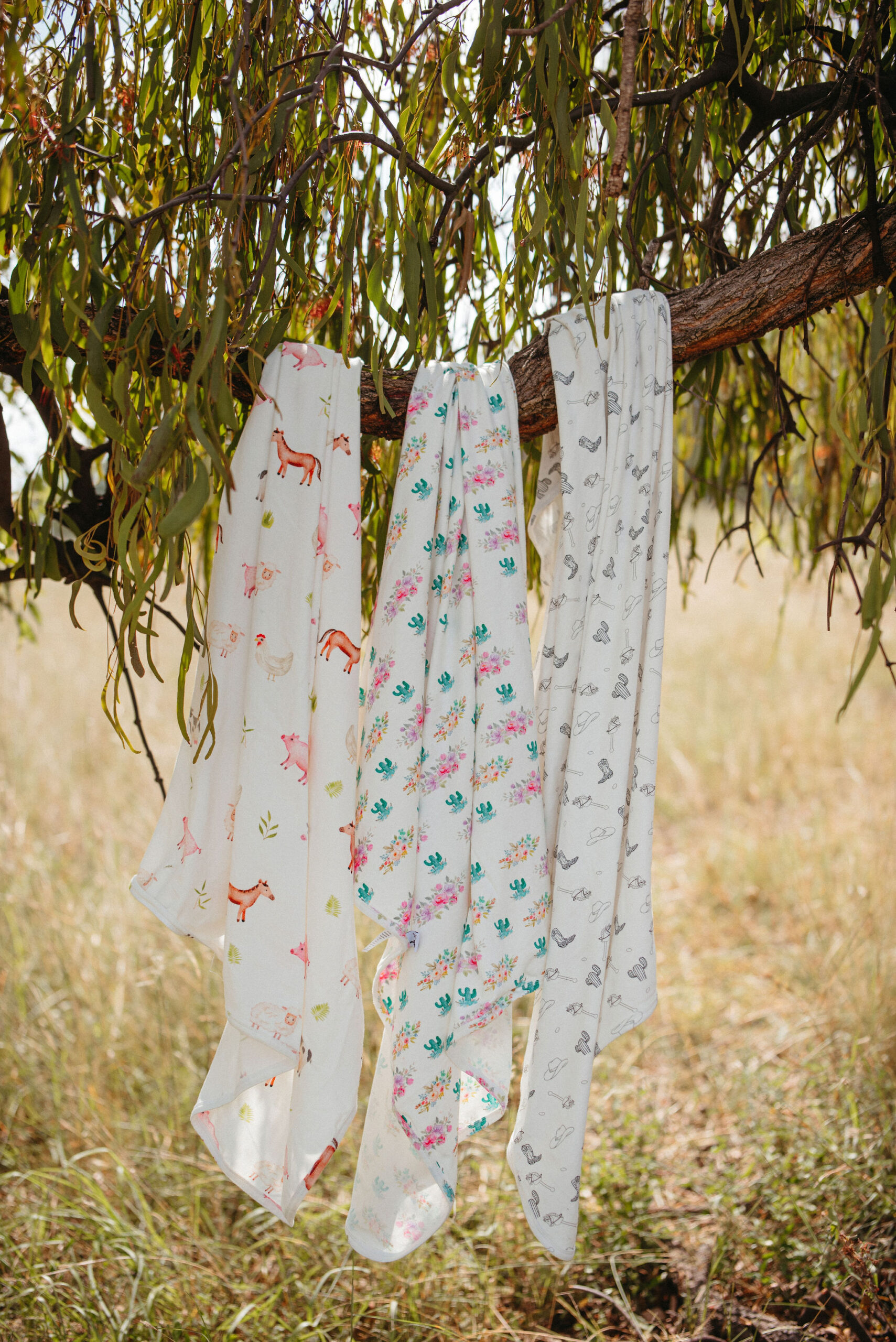
Why did you start the company?
Before I became a mum, I was surrounded by so many beautiful babies and children — my nieces and nephews, and friends’ children. I always found shopping for little people’s clothing fun. After having my
own little boy and seeing all the beautiful clothes available to purchase, I realised that none really suited our lifestyle. So I developed a range of unique, adorable, affordable clothing. Little Windmill Clothing Co offers Australian owned and designed sustainable country clothing for the adventurous kids of Australia.
When did you realise your business was going to be successful?
When I launched my first collection of girls’ long-sleeved western-style shirts I got great feedback and I felt a glimpse of excitement and possibility. From there, it’s just grown, and
I am so very grateful for the community that has developed around the brand.
Where do you see the business in five years time?
I hope to be able to expand our range with new seasonal collections, popping up in more like-minded retail stores, in small towns and regional places.
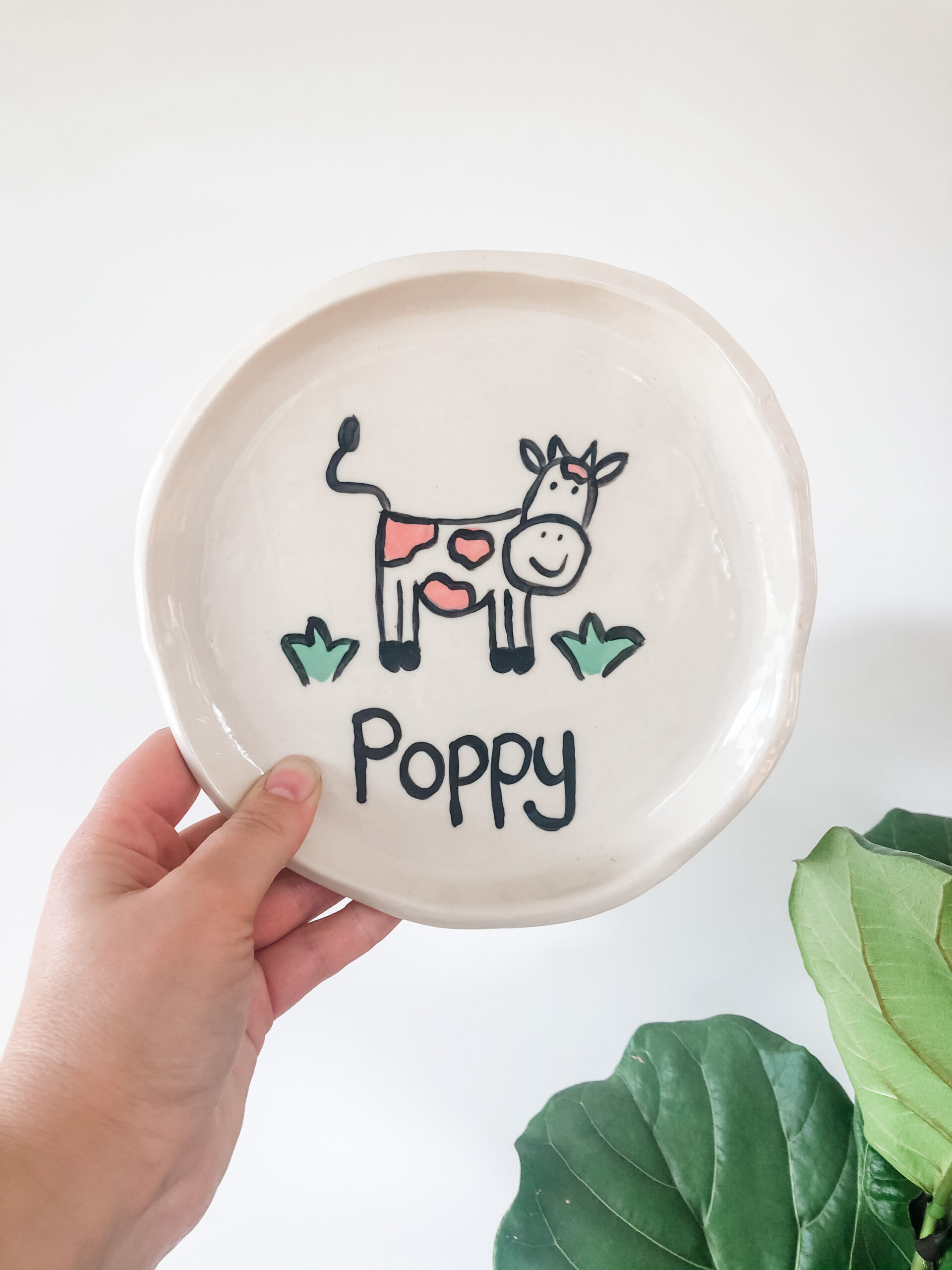
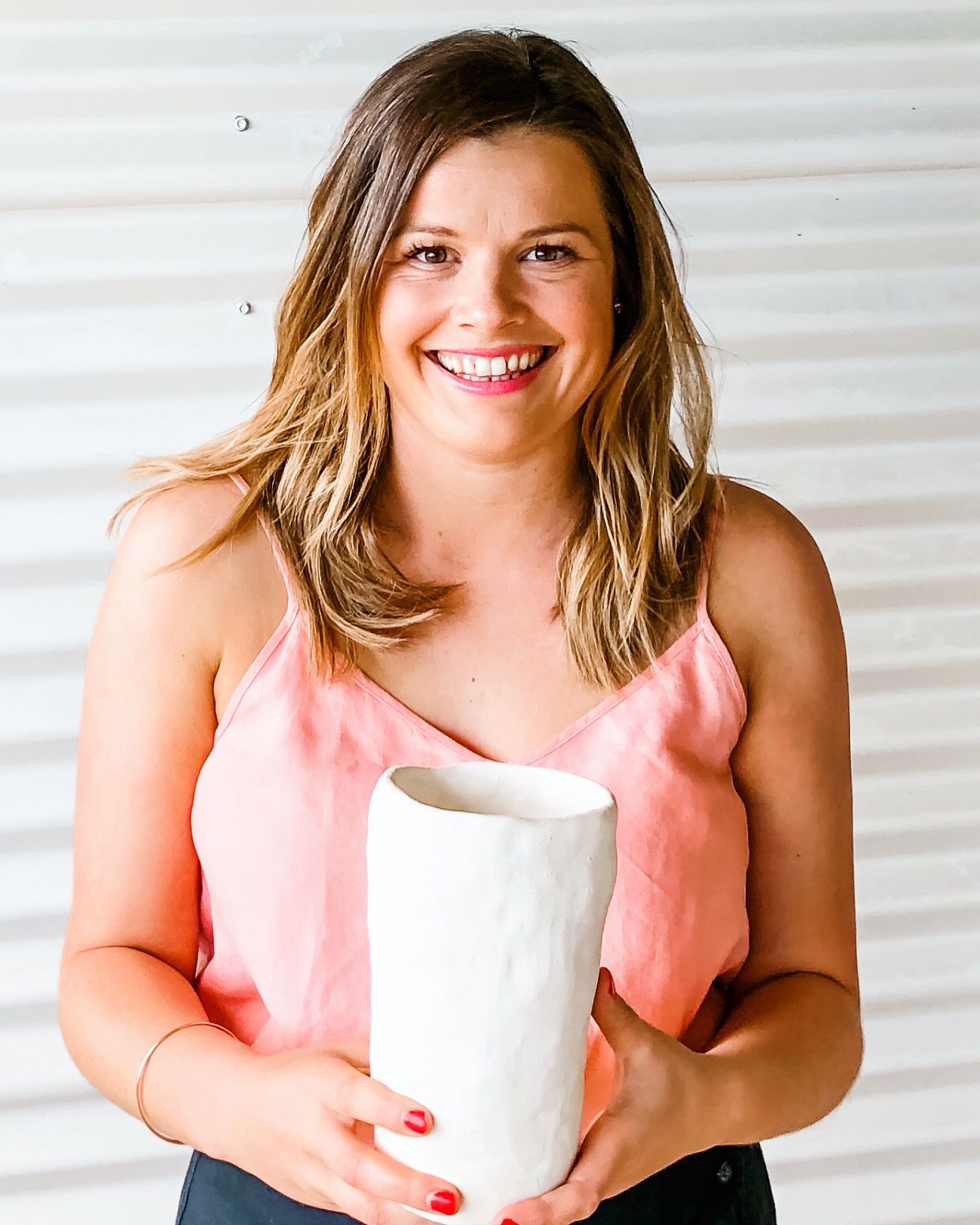
Why did you start your business?
I’ve had a passion for ceramics since my school days, and told myself that I would return to it one day. I studied and travelled, then when I moved to a farm in Evandale, Tasmania, with my partner, I decided to give it a go!
What has inspired your business decisions?
One of my goals was always to have my own business. I create personalised plates and vases — and recently children’s cotton jumpers — featuring designs that are inspired by my childhood farm memories. Initially I had a lot of self-doubt and fear, but I have learned to trust and back myself, which has allowed me to make some good decisions.
Did you ever feel like giving up?
I definitely felt challenged at times. I made mistakes, but I would ask myself, “Do I give up or do I dig deeper and move forward? I knew that I would always regret giving up, so I dealt with the issue and moved on. This has also helped me to grow as a person.
What’s the secret of your success?
Once I found my niche and ideal customer my company gained momentum and continued to grow. I have also been using a business mentor who has given me clarity around the future of my business.
To hear more extraordinary stories about women living in rural and regional Australia, listen to our podcast Life on the Land on Apple Podcasts, Spotify and all major podcast platforms.
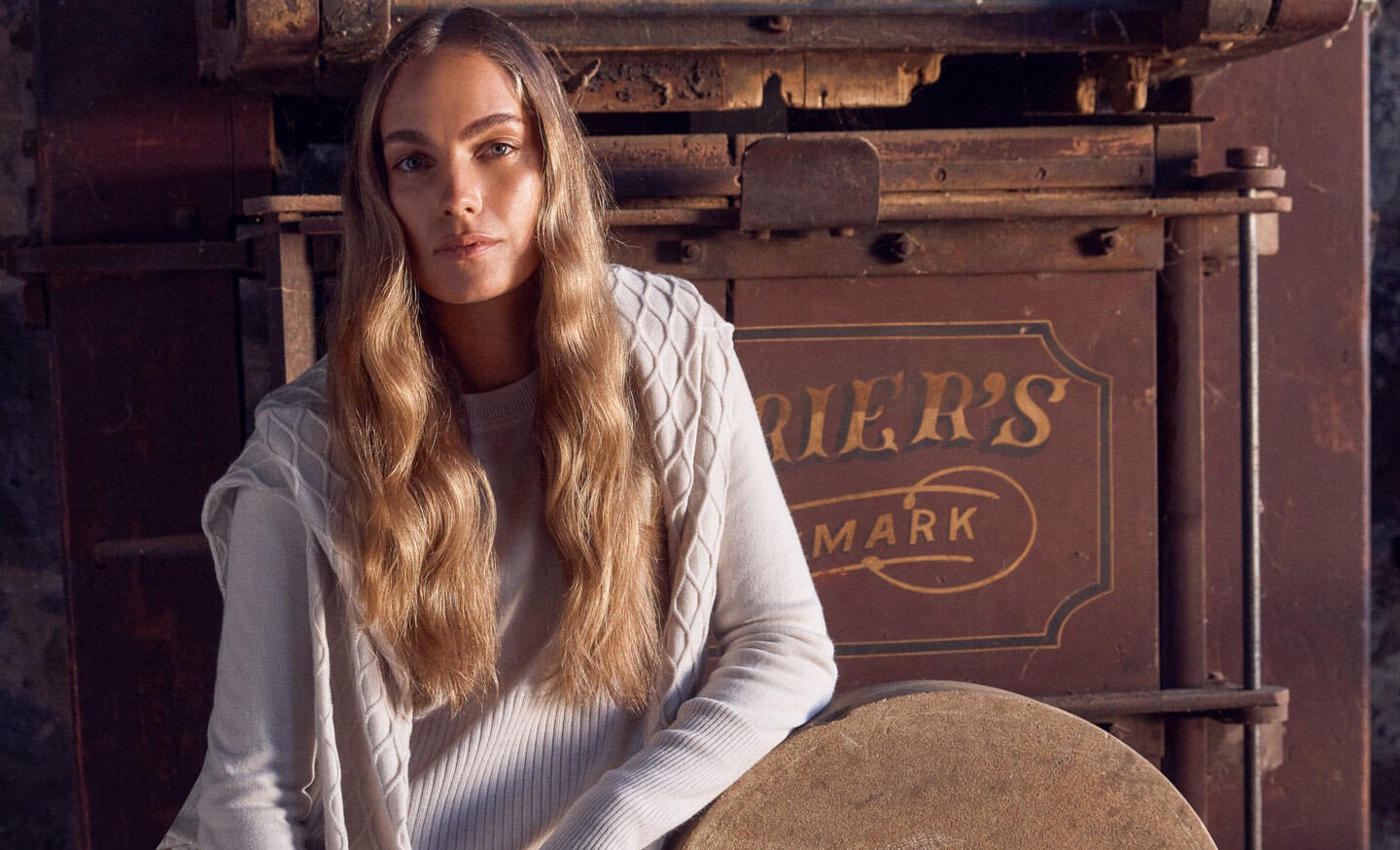
When it comes to her own wardrobe, Lizzie Walsh prefers to keep things simple — and natural.
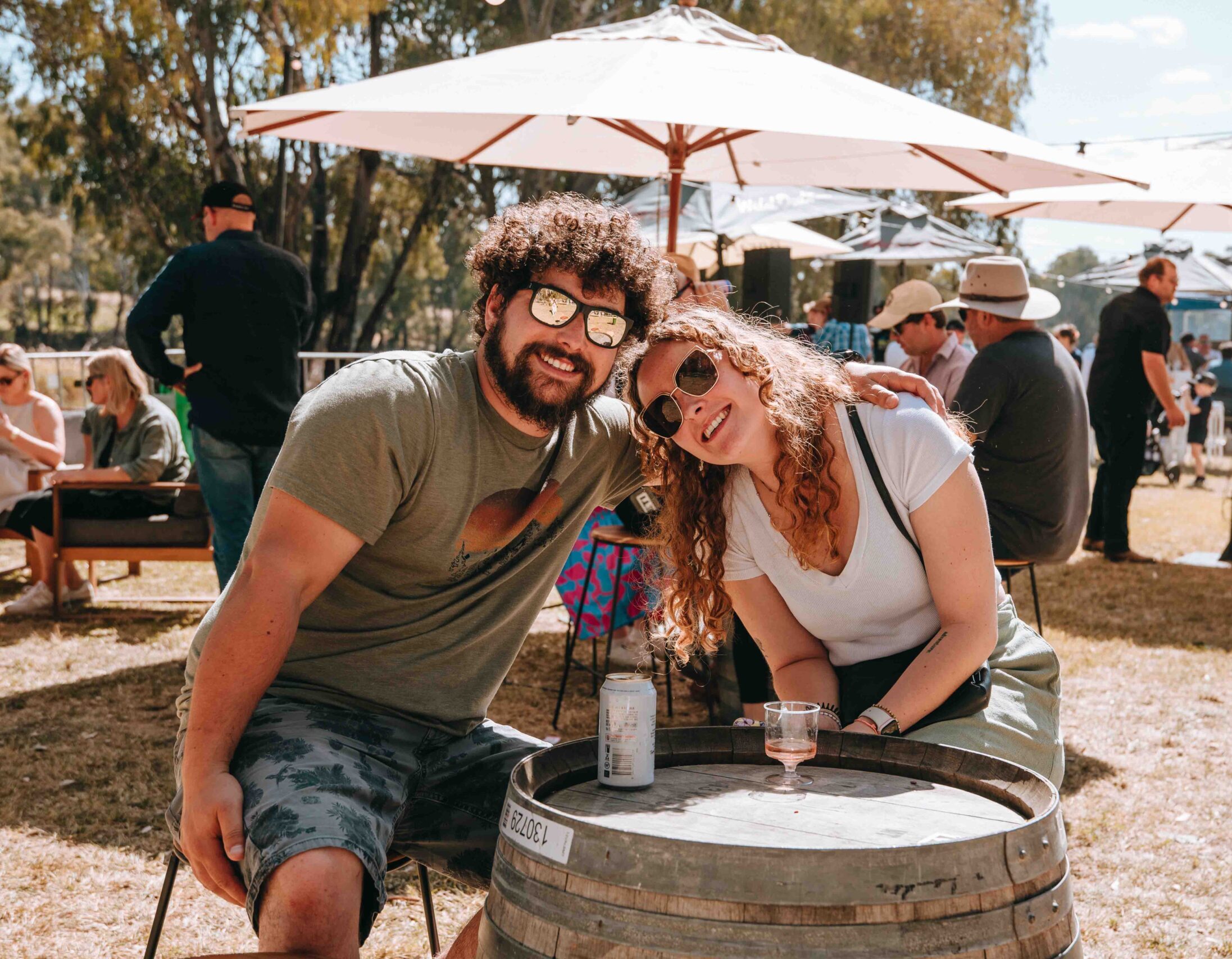
Angie Jones, president of Nosh Narrabri, shares her tips for a perfect weekend in town.